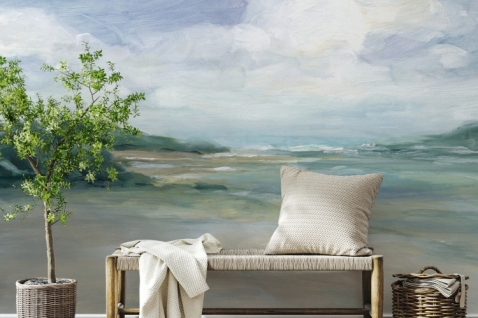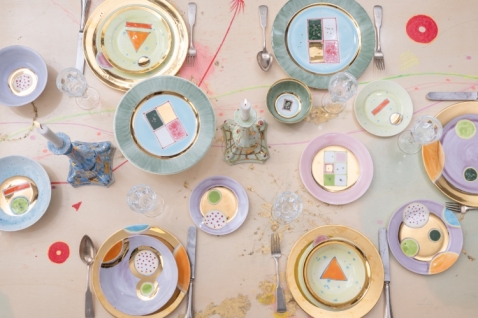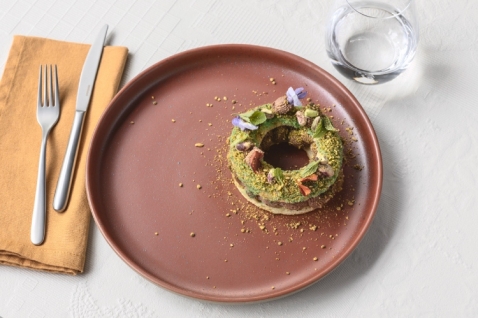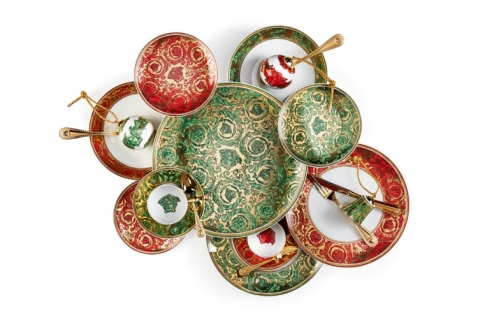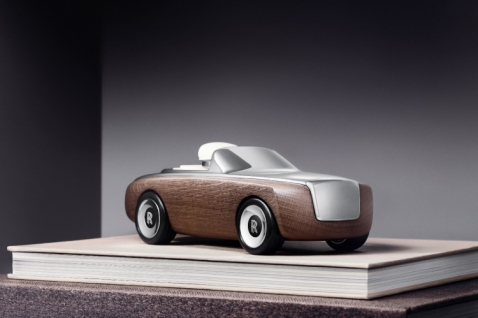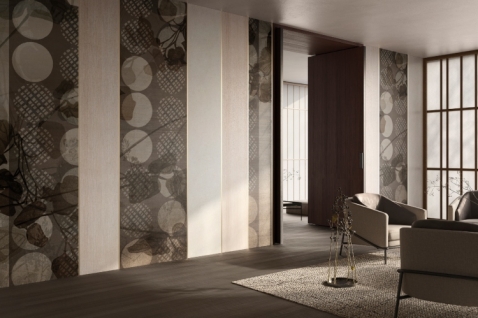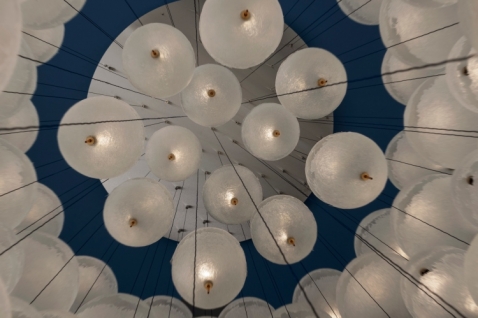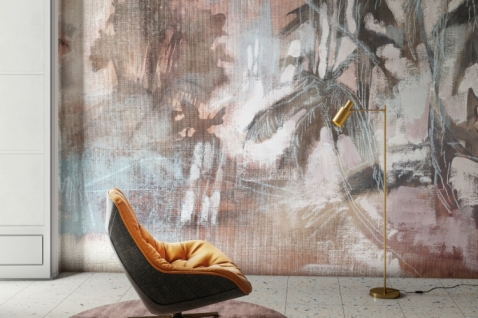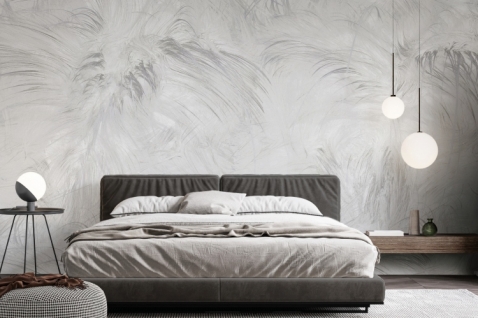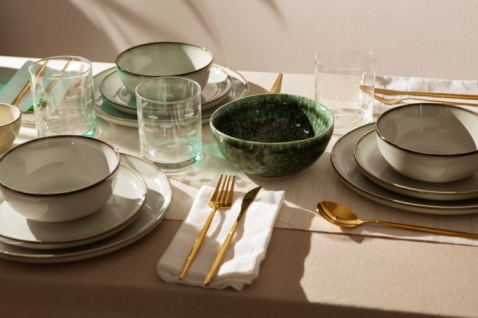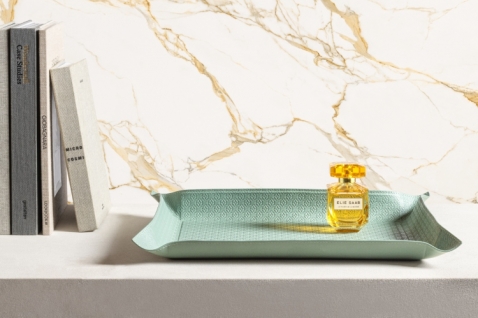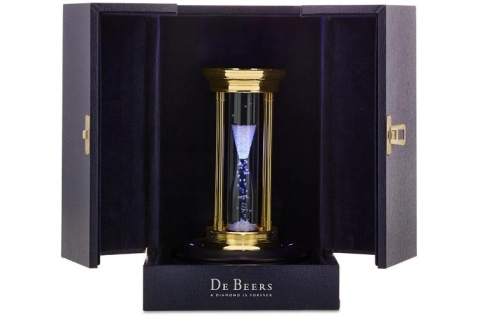The Dream at the time of Renaissance - an exhibition at Galleria Palatina (Palazzo Pitti), Florence from 21 May - 15 September 2013...
“If dreams are intrinsically a nocturnal and often disquieting phenomenon, coinciding with a vacatio or temporary freedom from the conscious mind, which opens the doors to the darkest recesses of human experience (but also, according to deep-rooted beliefs, opens a gateway to the Divine), the representation of dreams has been a challenge for artists of all ages, involving as it does grappling with the two-fold aspects of convention and fantasy.
And in the Renaissance, the artistic responses to this challenge were as varied and illuminating as they could be, as those who visit the exhibition or leaf through the catalogue will see” (Cristina Acidini).
The words of the Superintendent Cristina Acidini are a fitting introduction to the exhibition that gives visitors the opportunity to explore for the first time such a fascinating and engrossing topic as The Dream at the time of Renaissance, which attempts to point up its rich variety.
The theme of dreaming does in fact take on a particular significance in ancient mythology and in the Renaissance cultural setting, as demonstrated by its widespread occurrence in the figurative arts and, in particular, in works of a religious nature or those involving the rediscovery of ancient myths.
Whether prophetic or premonitory, illustrated by celebrated episodes from the Old Testament (the Pharaoh’s dreams explained by Joseph the Hebrew, Jacob’s dream, etc.), the dream is presented first and foremost as the manifestation and revelation of another world. It also reveals, from a profane perspective, the inductive and speculative possibilities held out to the human spirit; it transfigures the quotidian experience and reveals its erotic dimension; it comes to occupy a valuable place in the theory and practice of art, being no less attentive to oneiric activities than to literature, philosophy or medicine.
“The unusual (in Italian exhibitions) iconographic and iconological approach will enable the public to see from a fresh perspective such famous works as The Knight’s Dream by Raphael in the National Gallery of London, which will be shown for the first time alongside Raphael’s principal source, the Latin poem, the Punica by Silius Italicus, published in Rome between 1471 and 1472” (Alessandro Cecchi).
The exhibition is divided into sections, the first of which define and precisely situate the context in which the dream is revealed: at night, in sleep. The starting point of the exhibition is the Night, represented in all its complex symbology and in particular by means of some of the many sculptural and painted works based on Michelangelo’s Night, which he sculpted in the New Sacristy for Julius de’ Medici’s funerary monument. This is followed by the section entitled The Transmigration of the Soul, which highlights works related to sleep. This is followed by others relating to the classical myths such as the Frieze in the Medici Villa at Poggio a Caiano by Bertoldo, but also literary works such as the celebrated Hypnerotomachia Poliphili by Francesco Colonna, in which dreaming plays a key role. They stand alongside paintings and engravings with mythological and allegorical themes, some of which are exhibited for the first time in Florence such as The Knight’s Dream by Raphael, from the National Gallery, London and the painting with the Sleeping Venus and Cupid spied on by a satyr by Correggio, from the Louvre. Visions from the Afterlife look at the theme of dreams in the biblical and religious tradition, with graphic and pictorial examples from the 15th and 16th centuries, from Jacob’s Dream to the Interpretation of dreams by Joseph, to the Dreams and Visions of saints such as Helena, Ursula, Catherine of Alexandria, Augustine and Jerome.
The section on Life is a dream is of fundamental importance; it is based on the exceptional iconographic success of a drawing by Michelangelo, the Dream or the Vanity of human life, as demonstrated by the large number of versions and copies that it has inspired, including those by Giulio Clovio, Francesco del Brina, Battista Franco, etc. In the same section, The Prince’s dreams introduce Francesco de’ Medici and his particular and fecund rapport with dreams, of which there are a number of testimonies, often imbued with fantastic theatricality (such as the Allegory of Dreams by Naldini, to be found in the Study). They are symbolically revealing of the extent to which the Dream is at the centre of the cultural debate at the end of the Renaissance. In this context are to be found drawings, documents and paintings, including the Portrait of Bianca Cappello by Alessandro Allori with the iconography of the celebrated Dream of Michelangelo on the verso and, also by Allori, the rare Headboard of the bed with oneiric motifs, held in the Museo Nazionale del Bargello.
The penultimate section on Enigmatic dreams and nightmarish visions introduces disconcerting works that are difficult to interpret, such as the print depicting The doctor’s dream by Albrecht Dürer where it is difficult to decide whether the artist has represented a dreamer tempted by Venus or the dangers of sloth; or Cybele who makes fun of an alchemist who has fallen asleep at his crucible. Other nightmare scenes are inhabited by the Devil as Separator, the great Transgressor and bringer of nightmares, who appears when day gives up its sovereignty and the darker side of things appear -- which brings us to visions of hell and the Temptations of Saint Anthony, by Bosch, Brueghel, Jan Mandijn and Met de Bles.
The exhibition concludes with a reference to Dawn considered during the Renaissance as the space-time of true dreams (represented by a painting by Battista Dossi) to finally open out to the Awakening (with the Awakening of Venus by Dosso Dossi, Bologna, Collezione Unicredit Banca) as an expression of the paradigmatic and complementary cyclical nature of time.
The exhibition has been received the support of the Ministero per i Beni e le Attività Culturali con la Direzione Regionale per i Beni Culturali e Paesaggistici della Toscana, the Soprintendenza Speciale per il Patrimonio Storico, Artistico ed Etnoantropologico e per il Polo Museale della città di Firenze, the Galleria Palatina of Palazzo Pitti, Firenze Musei and the Ente Cassa di Risparmio di Firenze. It was organized by the Superintendency of the Polo Museale of Florence and the Réunion des Musées Nationaux Grand Palais of Paris where the exhibition will be on show at the Musée de Luxembourg (9 October 2013-26 January 2014), curated by Chiara Rabbi Bernard, Alessandro Cecchi and Yves Hersant, who also edited the catalogue published by Sillabe.

